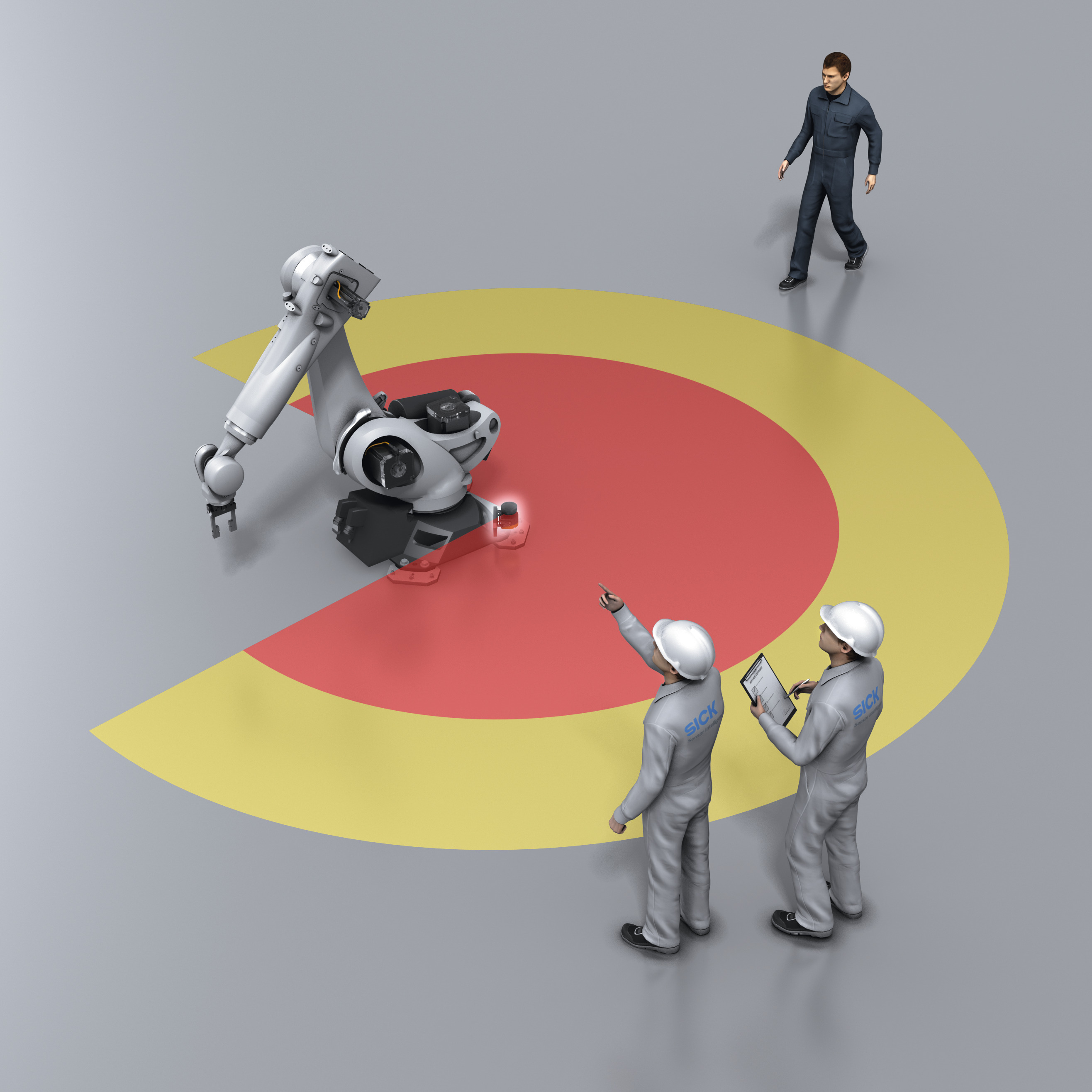The use of robots has become increasingly prevalent in various industries, including manufacturing, healthcare, and transportation. While robots offer numerous benefits, such as increased efficiency and productivity, they also pose potential risks to human safety. As robots become more advanced and autonomous, it is essential to consider the safety implications of their use and take necessary measures to mitigate any potential hazards. In this article, we will discuss the importance of robot safety, the types of hazards associated with robots, and the measures that can be taken to ensure safe and efficient operation.

Types of Robot Hazards
Robots can pose a range of hazards, including:
- Physical Hazards: Robots can cause physical harm to humans through contact or collision. For example, a robotic arm may accidentally strike a worker, or a autonomous vehicle may collide with a pedestrian.
- Electrical Hazards: Robots often require electrical power to operate, which can pose a risk of electrical shock or fire.
- Software Hazards: Robots rely on complex software systems to operate, which can be prone to errors or malfunctions. For example, a software glitch may cause a robot to malfunction and cause an accident.
- Environmental Hazards: Robots can pose environmental hazards, such as pollution or contamination, if they are not designed or operated with safety in mind.
Measures to Ensure Robot Safety
To ensure robot safety, several measures can be taken:
- Risk Assessment: Conduct a thorough risk assessment to identify potential hazards associated with robot operation.
- Design for Safety: Design robots with safety in mind, including features such as emergency stop buttons and protective barriers.
- Training and Education: Provide workers with training and education on robot operation and safety procedures.
- Regular Maintenance: Regularly maintain and inspect robots to ensure they are functioning properly and safely.
- Compliance with Regulations: Comply with relevant regulations and standards, such as those set by the Occupational Safety and Health Administration (OSHA) or the International Organization for Standardization (ISO).
Robot Safety Standards and Regulations
There are several standards and regulations that govern robot safety, including:
- ISO 13485: This standard sets forth requirements for the design and manufacture of medical devices, including robots used in healthcare.
- ISO 13849: This standard sets forth requirements for the design and implementation of safety-related control systems, including those used in robots.
- OSHA 29 CFR 1910.217: This regulation sets forth requirements for the use of robots in the workplace, including requirements for training and maintenance.
- UL 2750: This standard sets forth requirements for the safety of robots, including requirements for electrical and mechanical safety.
Best Practices for Robot Safety
To ensure robot safety, several best practices can be followed:
- Develop a Robot Safety Plan: Develop a comprehensive safety plan that outlines procedures for robot operation, maintenance, and emergency response.
- Use Protective Equipment: Use protective equipment, such as safety glasses and gloves, when working with robots.
- Monitor Robot Performance: Regularly monitor robot performance to detect any potential safety issues.
- Provide Worker Training: Provide workers with training and education on robot operation and safety procedures.
- Encourage Open Communication: Encourage open communication between workers and management to report any safety concerns or incidents.
FAQ
Q: What are the most common hazards associated with robots?
A: The most common hazards associated with robots include physical hazards, electrical hazards, software hazards, and environmental hazards.
Q: How can I ensure robot safety in the workplace?
A: To ensure robot safety in the workplace, conduct a thorough risk assessment, design robots with safety in mind, provide worker training and education, and comply with relevant regulations and standards.
Q: What are some best practices for robot safety?
A: Best practices for robot safety include developing a robot safety plan, using protective equipment, monitoring robot performance, providing worker training, and encouraging open communication.
Q: What regulations govern robot safety?
A: Several regulations govern robot safety, including ISO 13485, ISO 13849, OSHA 29 CFR 1910.217, and UL 2750.
Q: How can I report a robot safety incident?
A: If a robot safety incident occurs, report it to management and relevant regulatory authorities, such as OSHA or the National Institute for Occupational Safety and Health (NIOSH).
Conclusion
Robot safety is a critical concern in various industries, and it is essential to take necessary measures to mitigate potential hazards. By conducting risk assessments, designing robots with safety in mind, providing worker training and education, and complying with relevant regulations and standards, we can ensure safe and efficient robot operation. Additionally, following best practices, such as developing a robot safety plan and monitoring robot performance, can help to minimize the risk of accidents and ensure a safe working environment. By prioritizing robot safety, we can optimize the benefits of robot use while protecting human safety and well-being.
Closure
Thus, we hope this article has provided valuable insights into The Importance of Robot Safety: Protecting Humans and Ensuring Efficient Operation. We thank you for taking the time to read this article. See you in our next article!
